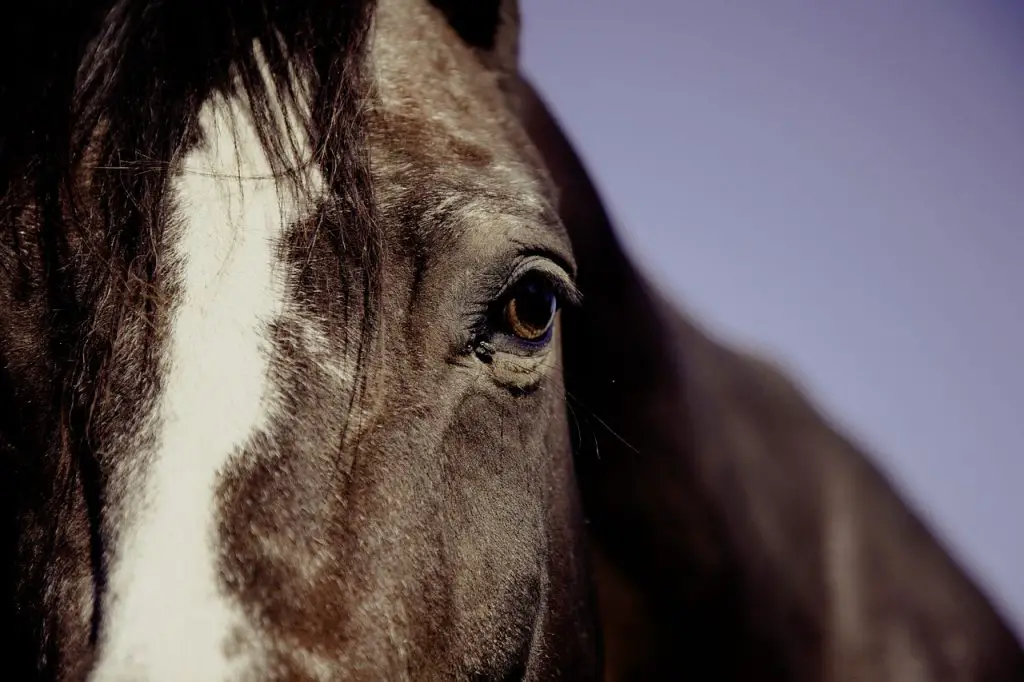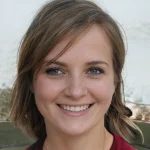Last Updated on February 21, 2022 by Allison Price
Enteroliths are mineral deposits that form in the colon of horses. These are also called intestinal stones or calculi. These stones are usually found in thin layers surrounding a little bit of foreign matter (a piece of wire, wood, or another material) that the horse swallowed. Although the mineral content of an enterolith can vary, approximately 90% is composed of struvite (a hydrousphosphate of magnesium or ammonia) as well as vivianite (a water-soluble phosphate containing iron). The remaining 10% is made up of combinations of sulfur, sodium and potassium, as well as calcium, magnesium, aluminum, titanium, and nickel. Horses may have one or more enteroliths that are pea-sized, softball-sized, or larger.

Foals younger than one year old have had enteroliths, but they are more prevalent in animals older than 10. Horses from Arabian breeding are most commonly affected. However, stones are not uncommon in Quarter Horses Morgans Saddlebreds and Donkeys. Scattered diagnoses have been reported in America, especially California and Florida. There have been reports of cases in France and the United Kingdom. At least one case has been reported from a zebra herd.
Horses can pass small enteroliths in their manure. However, masses larger than a golfball often cause colic symptoms. This is because the passage of gut contents is affected. Horses with colic may have a decreased appetite and a decrease in weight. Large stones can eventually lodge in the gut. This is often where the intestine narrows at right dorsal or pelvic flexure. The gut wall starts to become damaged by pressure and abrasion. The horse can develop fatal peritonitis if the stone is not removed. About 95% of horses recover from surgery to remove the enterolith if the problem is caught in time.
If a horse experiences frequent episodes of colic, veterinarians may suspect that the horse is suffering from enteroliths. The stone may be felt when the horse is lying down, particularly if it is uphill. Radiographs can also reveal the mineral mass in approximately 65% of the affected horses. Horses that appear predisposed can be identified by their management history.
Although no one can pinpoint the exact reason horses develop intestinal stones, there are three things that seem to be linked to an increase in risk.
Diet. An analysis of 900 horses from the University of California-Davis revealed that enterolith horses were two-thirds of those who were given diets high in alfalfa (lucerne hay) whereas it was only about 60% of the diet of healthy horses. There are theories that enterolith formation can be linked to phosphorus-rich wheat bran and water with high levels of dissolved minerals.
Management. Horses that are fed unlimited amounts of fresh forage appear to have no problems with enteroliths. Horses kept in stalls on a limited amount of easily digestible hay or grain can develop stones. This is due to the fact that there is less dietary residue in their guts. Lack of exercise and a shorter transit time for intestinal contents may also be a factor. The choice of stall bedding may also play a part. Horses who sleep on straw may be more likely to chew on materials with higher levels of insoluble substances than horses who are tethered to rubber stall mats or shavings.
Genetics. Enteroliths affect 10% of horses. Some horses may have a genetic defect that makes it difficult for cells to handle electrolyte transport. Wheat bran and alfalfa diets load the gut with calcium and magnesium, phosphorus and protein. The alfalfa’s calcium and the ammonia from protein digestion allow minerals to precipitate in the gut and attach to foreign objects instead of being absorbed through walls of the intestine. Although this theory is not supported, it may explain why horses that had surgery to remove an obstruction due to enteroliths had lower acidic bowel contents as well as higher levels of calcium and magnesium, phosphorous, sodium, and potassium.
There are several management options that can be taken to reduce the chance of developing enteroliths. One way to reduce mineral overload is switching from alfalfa to grasshay and reducing or eliminating wheat bran from the horse’s diet. One way to encourage gut movement is to increase exercise and grazing for horses who have been kept in stalls. The third method is to prevent foreign objects from being inhaled by cleaning up the pastures and turning out paddocks.
Although vinegar has been shown to lower intestinal pH, there is no evidence that it affects enterolith formation. This idea, like the other management tips, is “won’t hurt, might help” in nature.
Like any diet change, gradual adjustments should take place over several days or weeks. Many horses who have been admitted to clinics for intralith surgery have had their histories show significant changes to their diets in the weeks prior to the procedure. This could indicate that the stones may have moved and created a blockage. Researchers strongly recommend that horses with colic symptoms consistent with enterolith problems have radiographs taken before making any major changes to their diet. To diagnose and treat intestinal obstruction caused enteroliths, it is often necessary to perform exploratory abdominal surgery.


